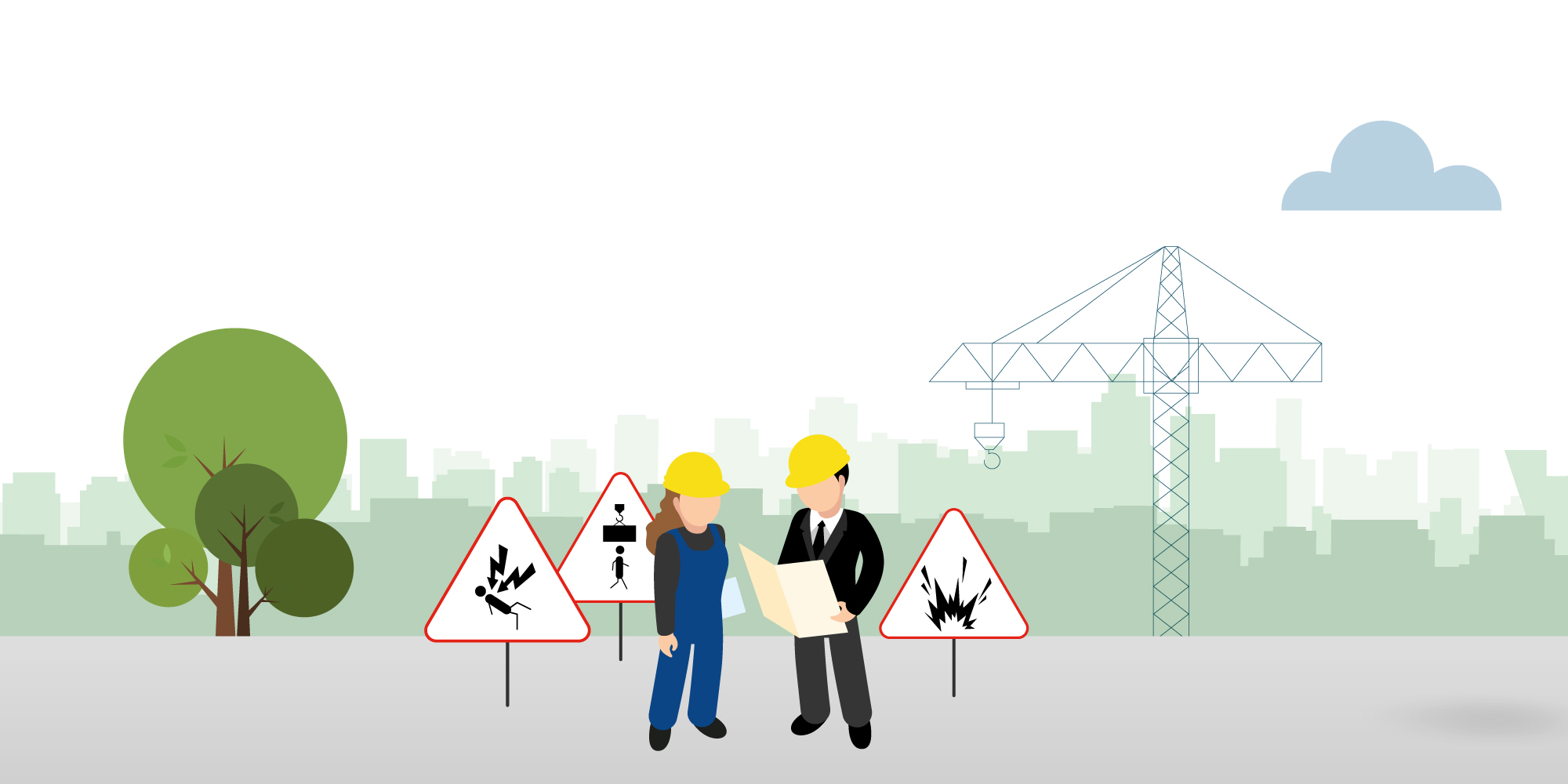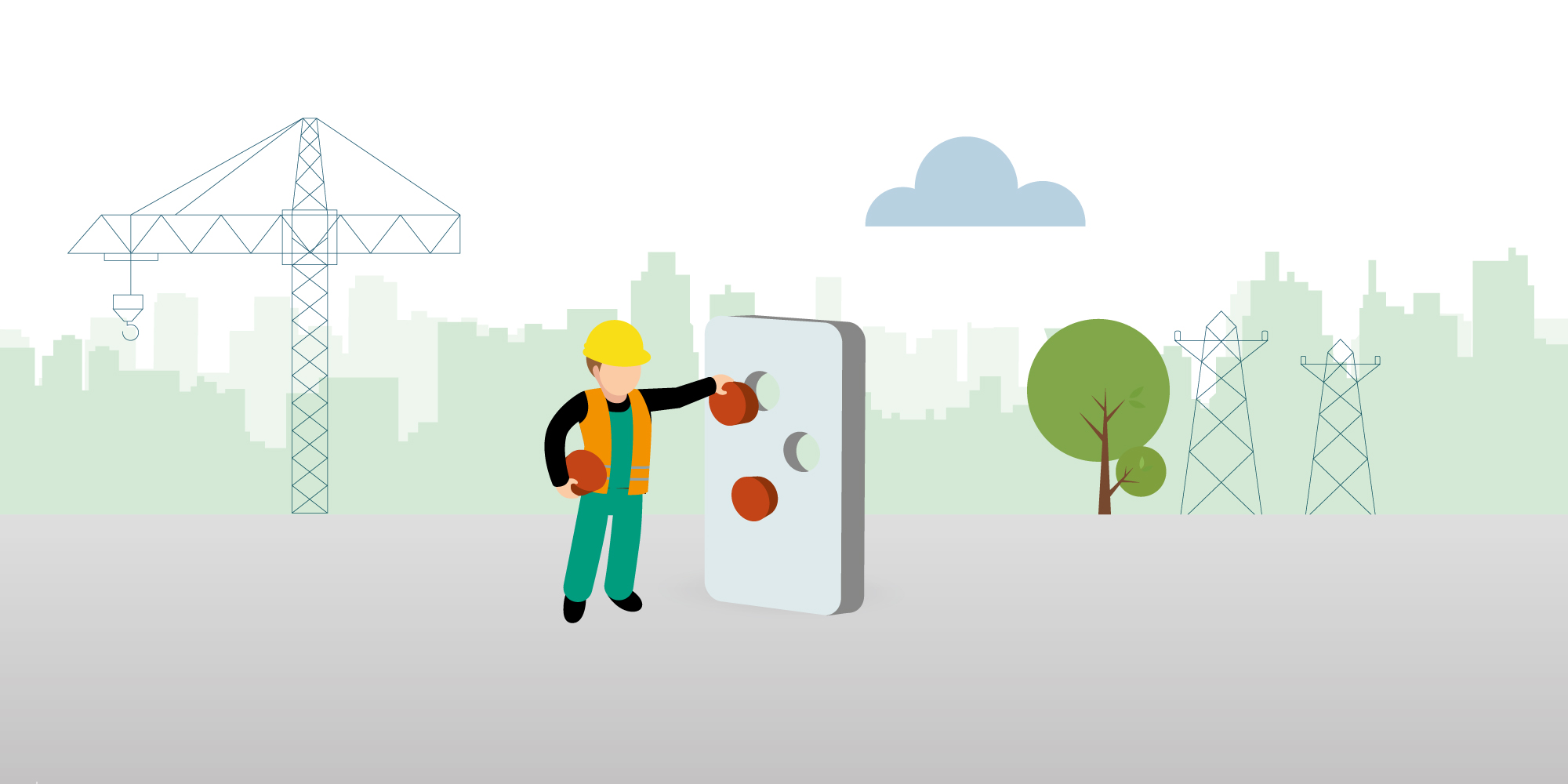Cultivating shared awareness of the most important risks
 Cultivating shared awareness of the most important risks
Cultivating shared awareness of the most important risks
It’s not difficult to identify minor risks so that we can anticipate them. They’re frequent and, therefore, visible. But how do we handle the most important risks? The ones that you have rarely, if ever, encountered? Developing shared awareness of serious risks is a real challenge!
| The perception of major risks |
he perception of risk determines our representation of that risk and, consequently, guides our safety behavior and the decisions that we take.
However, when the risk seems overwhelming (as is the case with major risk), our unconscious tends to minimize it. Therefore, we need to establish and cultivate a representation of these major risks in teams. We can do this through:
- role playing,
- virtual reality,
- hearing about the experience of senior employees
- discussing an accident analysis
How can you implement this in your company?
Explore 5 ways for operational teams to develop a representation of the most important risks.
| What about the local community? Local residents and shared awareness of major risks |
The consequences of a major industrial accident go beyond industries and their employees, and extend to the local environment and its residents.
Naturally, people living near industrial facilities tend to focus their attention on chronic risks, which are often more visible and disagreeable: unpleasant smells, waste, or water and soil pollution. However, since 2003, the attention of the French population has turned to major risks, such as explosions and fires. Following the AZF accident in 2001, the French government made Technological Risk Prevention Plans a requirement. Since then, areas have been zoned, and measures put in place to expropriate or reinforce housing. Residents’ associations have flourished, and are engaged in discussions on local issues.



